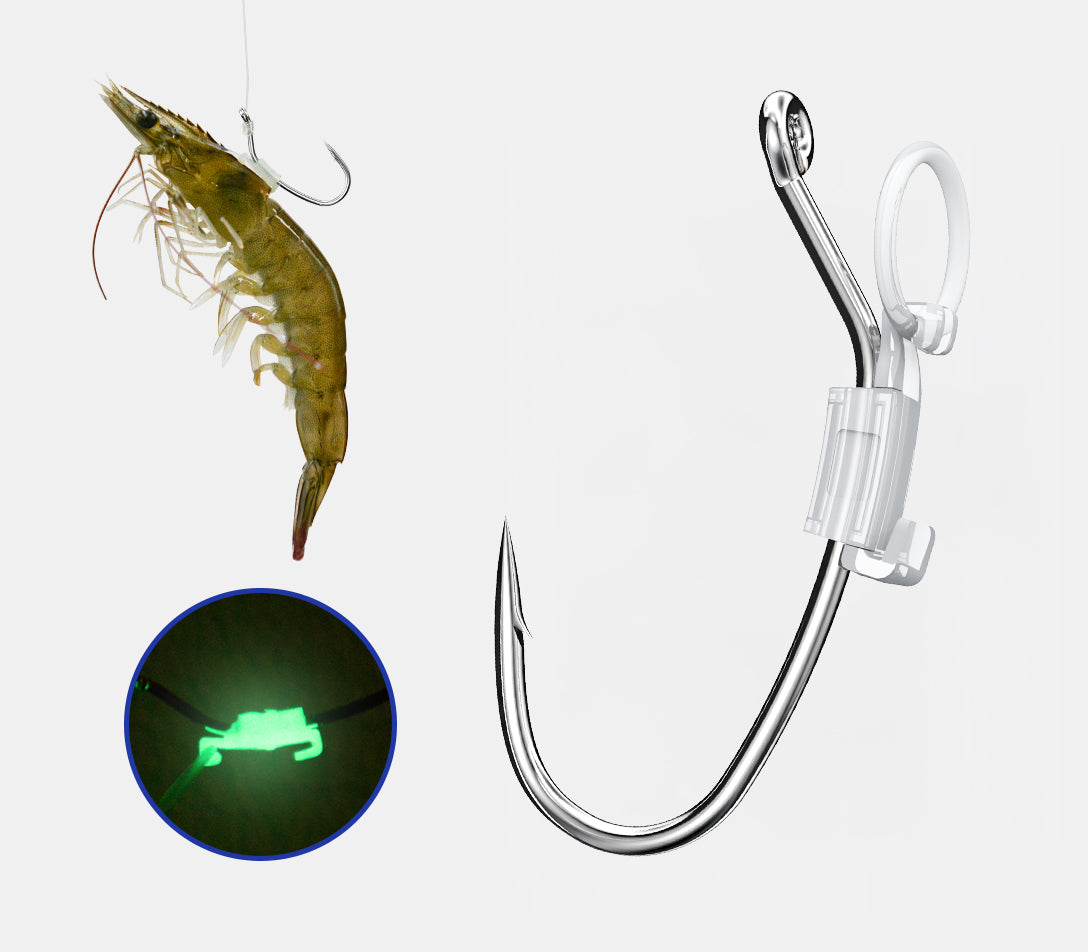As shown in the picture, A is the main line connected to the fishing rod, B is the leader connected to the fishhook (the hook will hook on the bait fish and has the greatest interaction force with the target fish), and C is the leader connected to the smart bait (smart The bait will be put into the belly of the bait fish, and the interaction force with the target fish will be minimal).

For main line A
Main line A has withstood all the tensile force, but as long as a line with greater strength than leader B is selected, main line A will not break easily.
For leader B
When the target fish bites the bait fish, since the interaction force between leader B and the target fish is the largest, leader B almost bears the pulling force of all the sub-lines. If leader B is constant, the target fish will be caught successfully; if leader B is broken and the hook is lost, it can be regarded as a loss, which is a common thing that happens in fishing. However, this relatively common loss will not lead to the loss of smart bait.
For leader C
When leader B loses its function, the target fish may pull on leader C. Since leader C is placed smoothly in the belly of the bait fish, the interaction force with the target fish is very small. The pulling force on leader C will not be too great, so it is not easy to break. Smart baits tend to slip or be thrown out of the bait fish, and thus also come out of the target fish's mouth, so the smart baits are less likely to be lost.
Conclusion
Smart fishing bait is not easy to lose if used correctly. If it is lost, it can be regarded as accidental or normal loss, but the probability of this loss is much smaller than that of losing a fishing hook.















